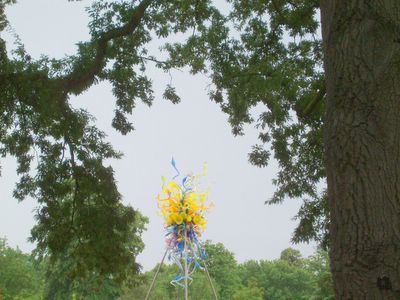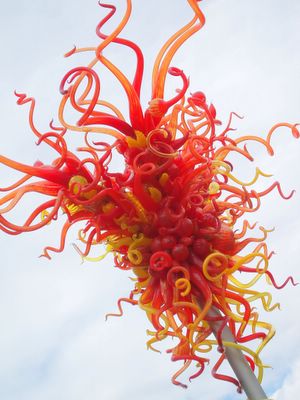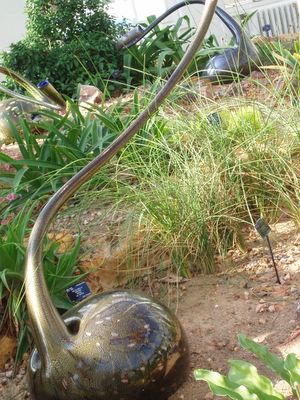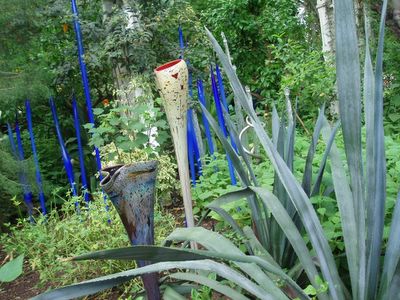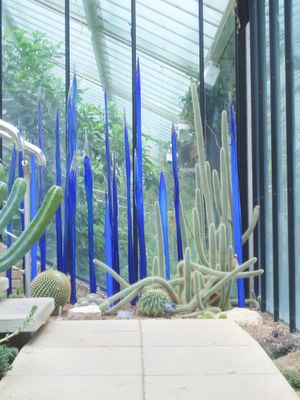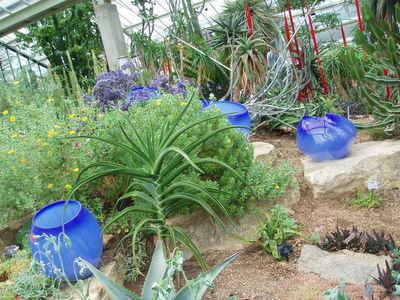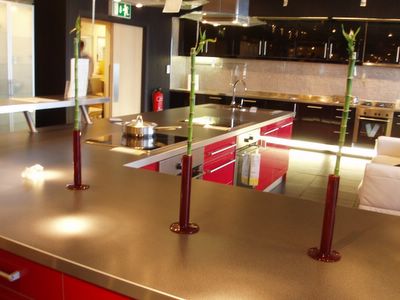
This week was all about changing my bedroom curtain.
On Tuesday, I went to Ikea in Brent Park with Yumiko-san. (Hence the photo on 19th July). For those uninitiated, Ikea is a Swedish furniture store chain very popular in Europe. They sell pieces of furniture with minimalist design and for very reasonable prices. Some say every household in Britain has at least one piece of Ikea furniture.
Incidentally, Ikea will at last land in Japan next year. But I'm not sure if they will be successful in Japan. Minimalist design is nothing new to Japanese people. (Just remember Muji from Japan.) Plus, the popularity of Ikea in Europe seems to rely on its cheap prices at the cost of convenience and good services. (You need to assemble the pieces of Ikea furniture for yourself by reading very unhelpful instruction booklets.) Japanese consumers take good prices and good services for granted. I suspect Ikea will find it hard to penetrate into the Japanese market.
Anyway, I took this opportunity of visiting Ikea to change my bedroom curtain. Ever since I moved into my current house two years ago, my bedroom curtain, which was already there before I moved in, has been the same: a worn-out blue one. It has certainly been letting me down everytime I saw it.
I looked for one of contemporary design at Ikea store. Then I got the one shown in the above picture. Cool, isn't it?
The problem was I needed to fix a new curtain rod into the wall. The Ikea curtain was not compatible with the curtain rail in my bedroom. Which meant I needed to drill a couple of holes. But I didn't have a drill...
After coming home, I contacted a couple of my friends, none of whom had got one. So on Wednesday I went to Woolworths in the neighbourhood, finding one on sale for half a price (10 quid). So I bought it on Thursday.
Back in my bedroom, I realised that my window was wider (more than 2m) than I expected (my old curtain always hid the left edge of the window). The curtain rod that I bought at Ikea was too short!
On Friday, I went to Ikea again, all the way from East London to Northwest London (about one and a half hour trip). There is one Ikea branch in East London, but that one is in the middle of nowhere unless you have a car.
Today I began drilling my bedroom wall around midday. I realised the wall was so old that when I turned a screw into the hole I drilled, the screw simply scraped the hole further and never stopped turning...
Fortunately, a wooden bar was attached to the wall above the window. By drilling this bar, I finally managed to fix the new curtain rod into my bedroom wall by 6 pm.
Now I'm happy with my bedroom. :)
